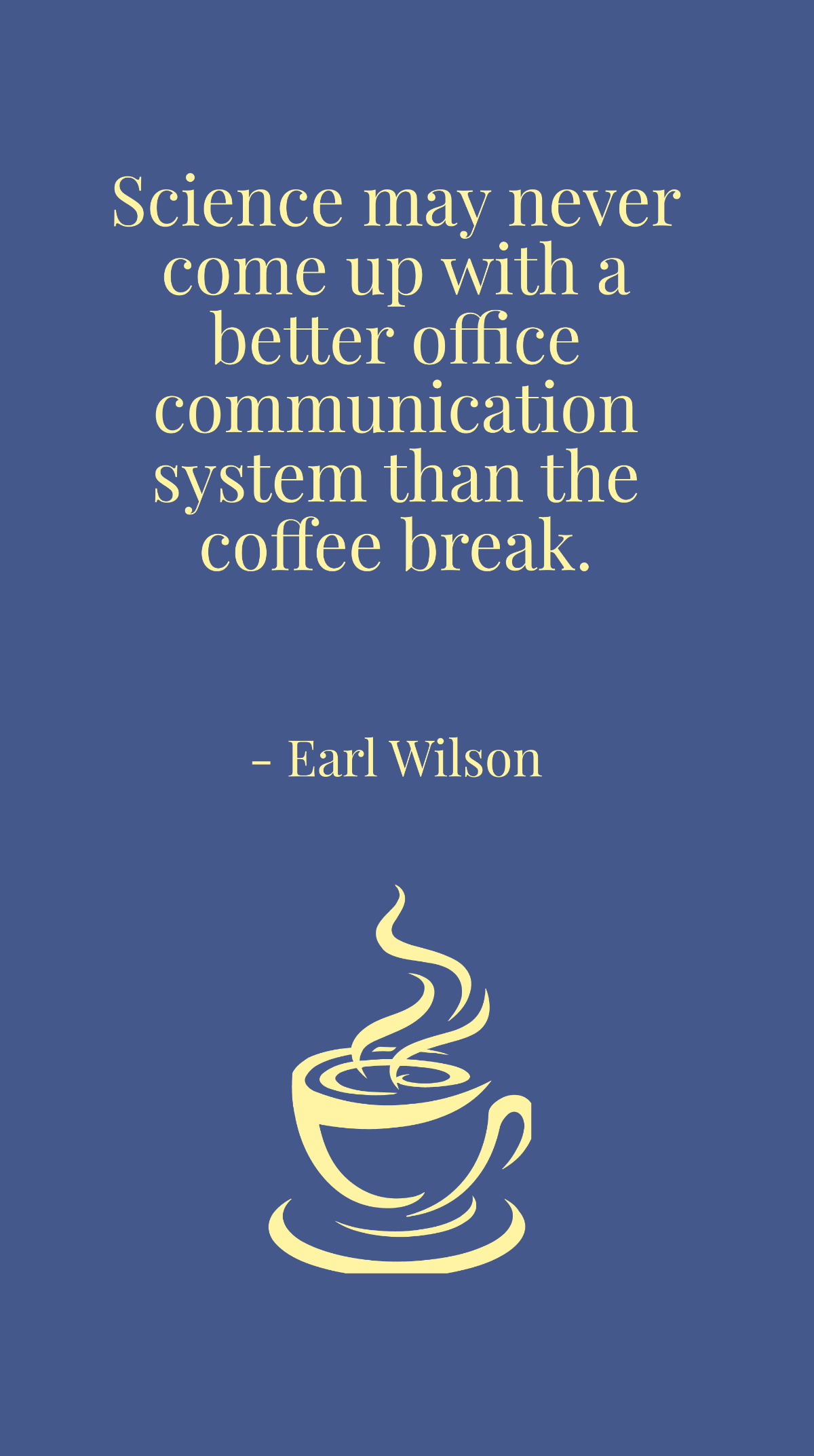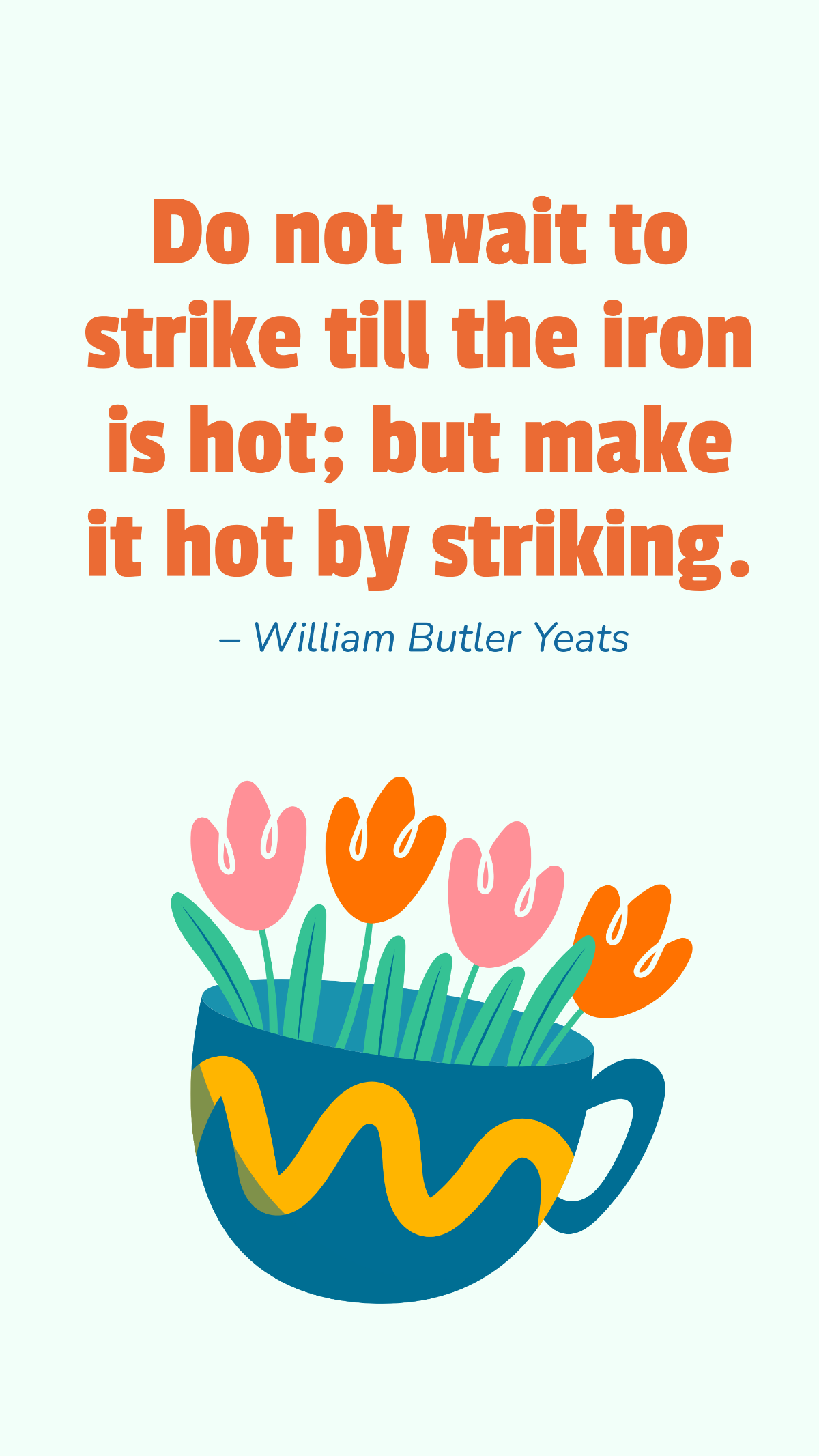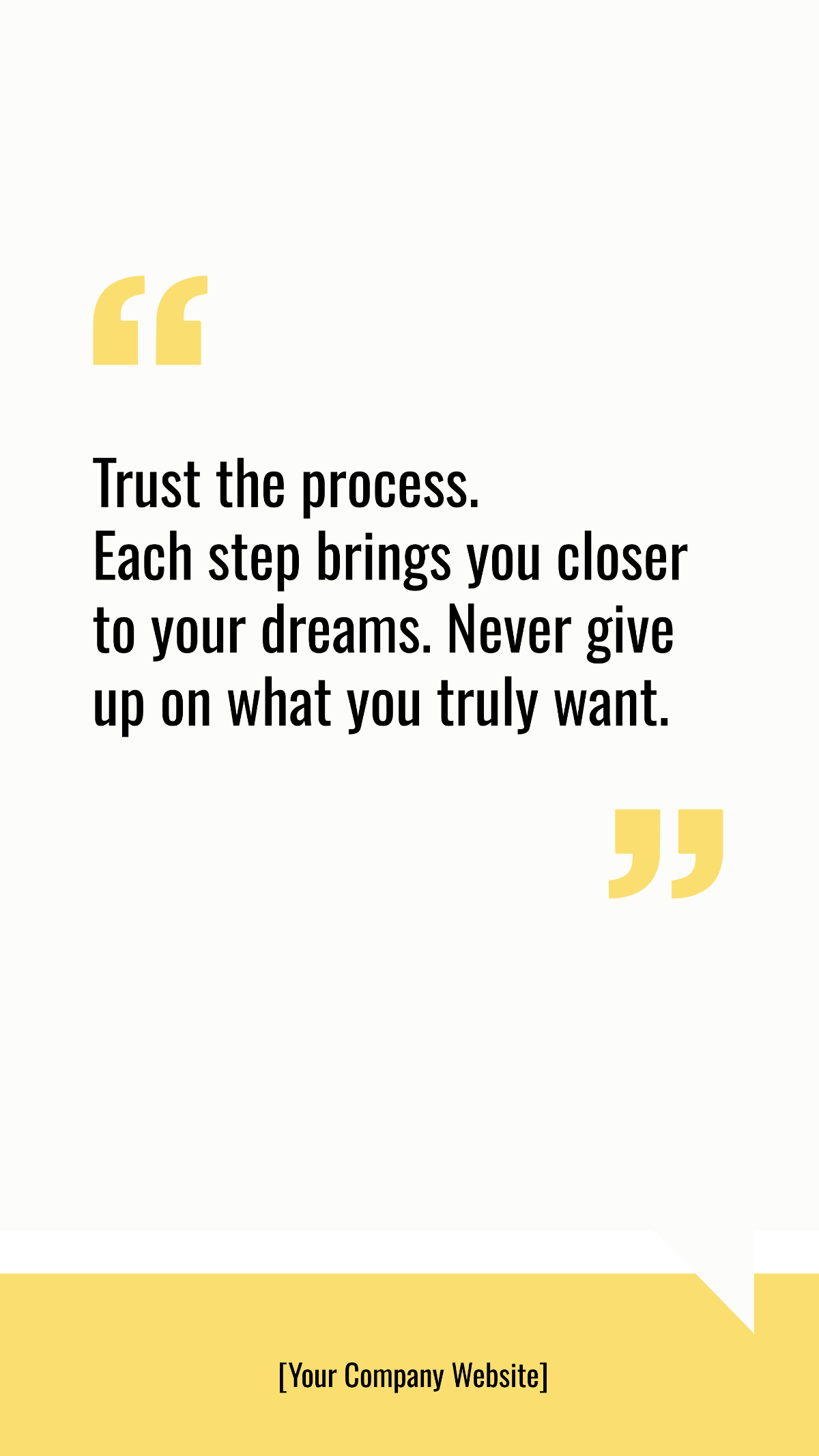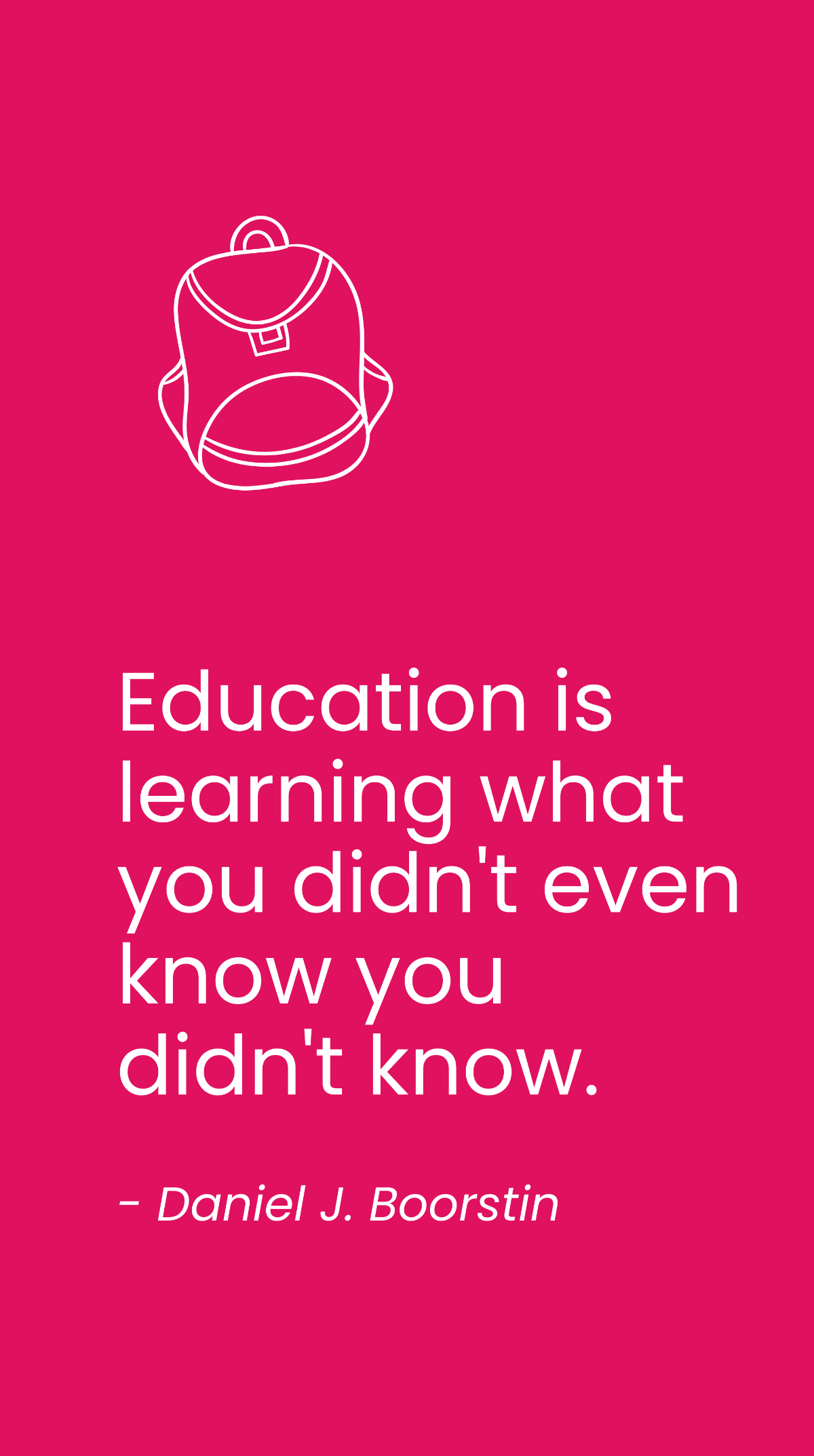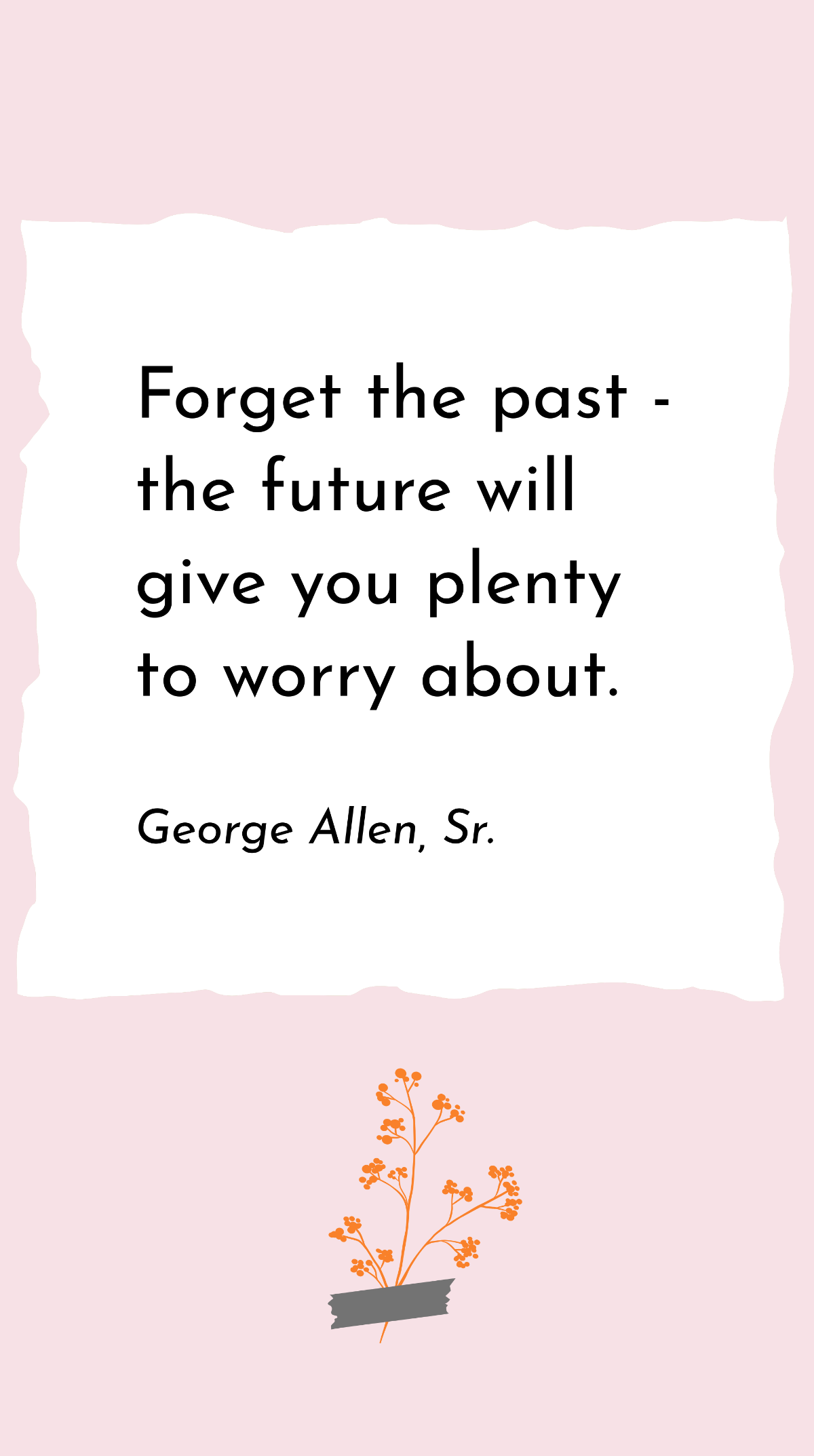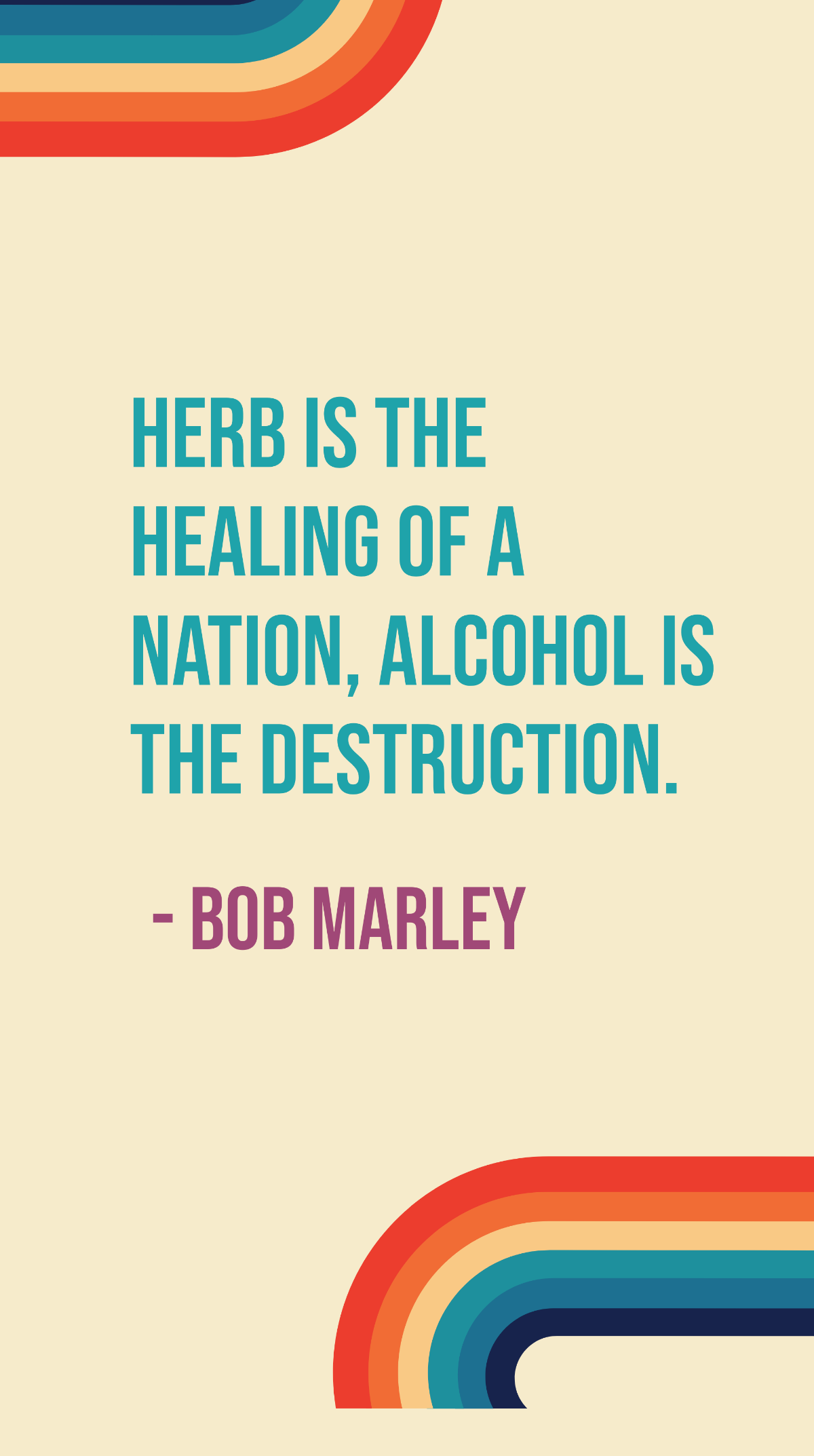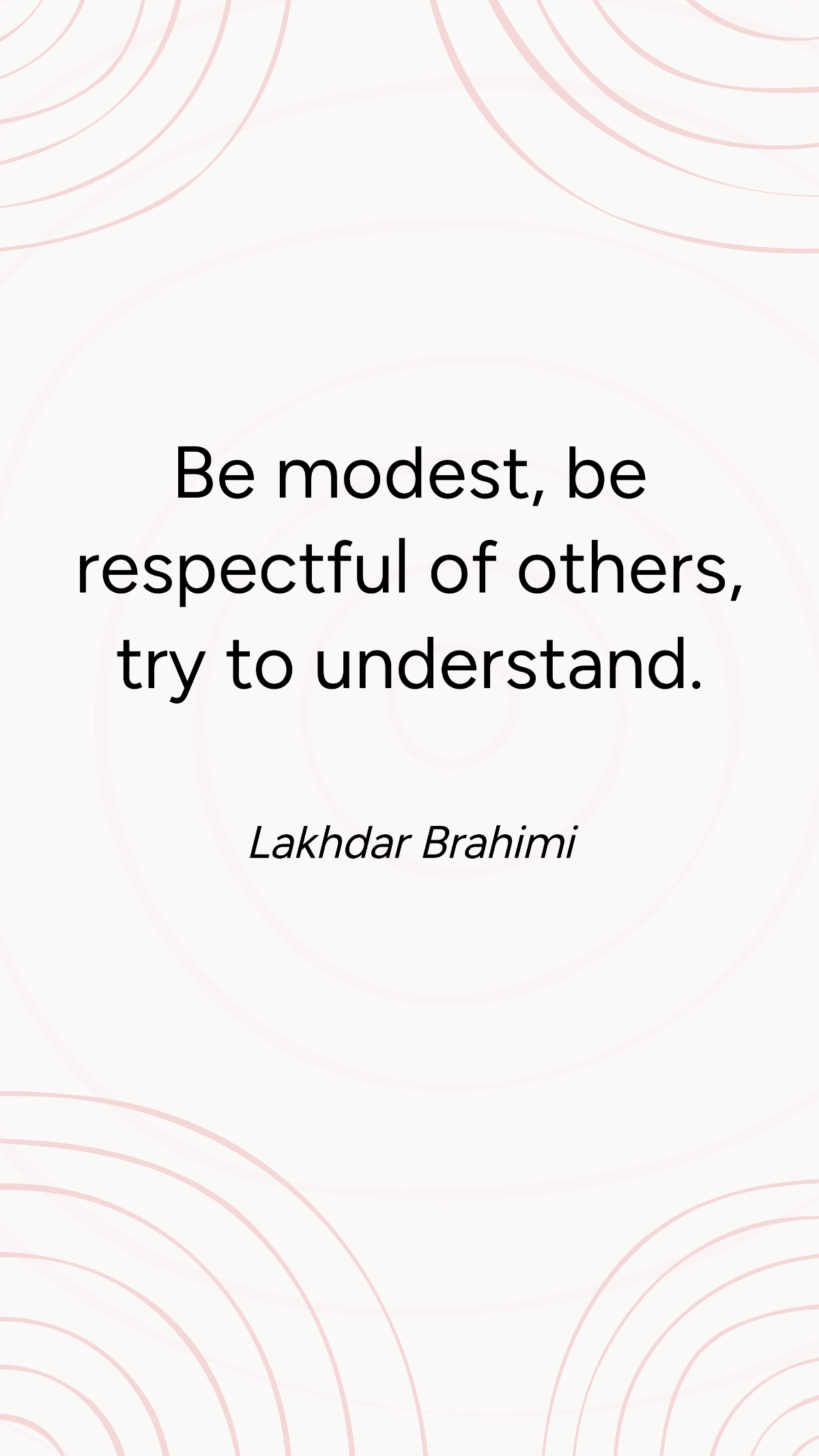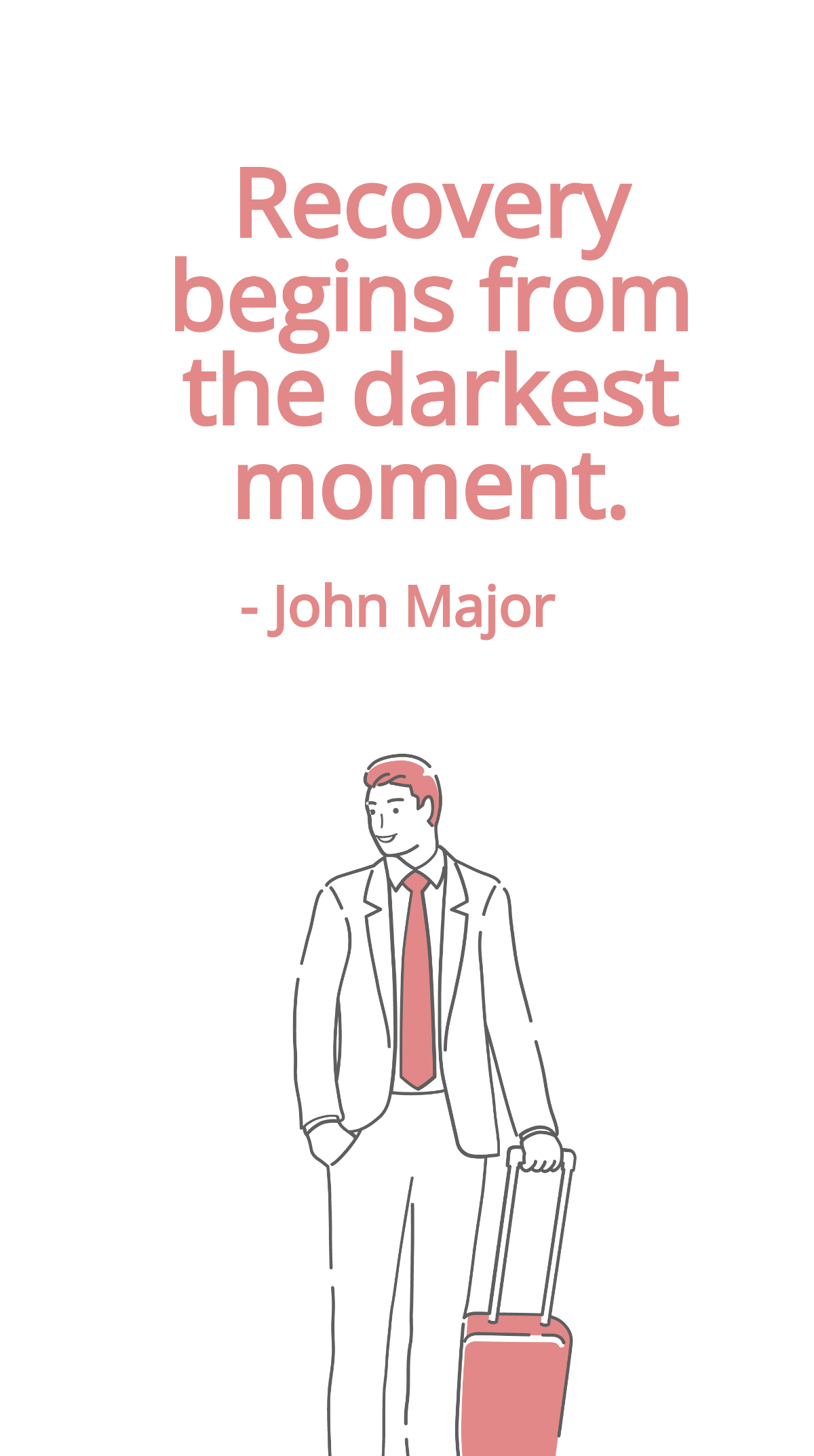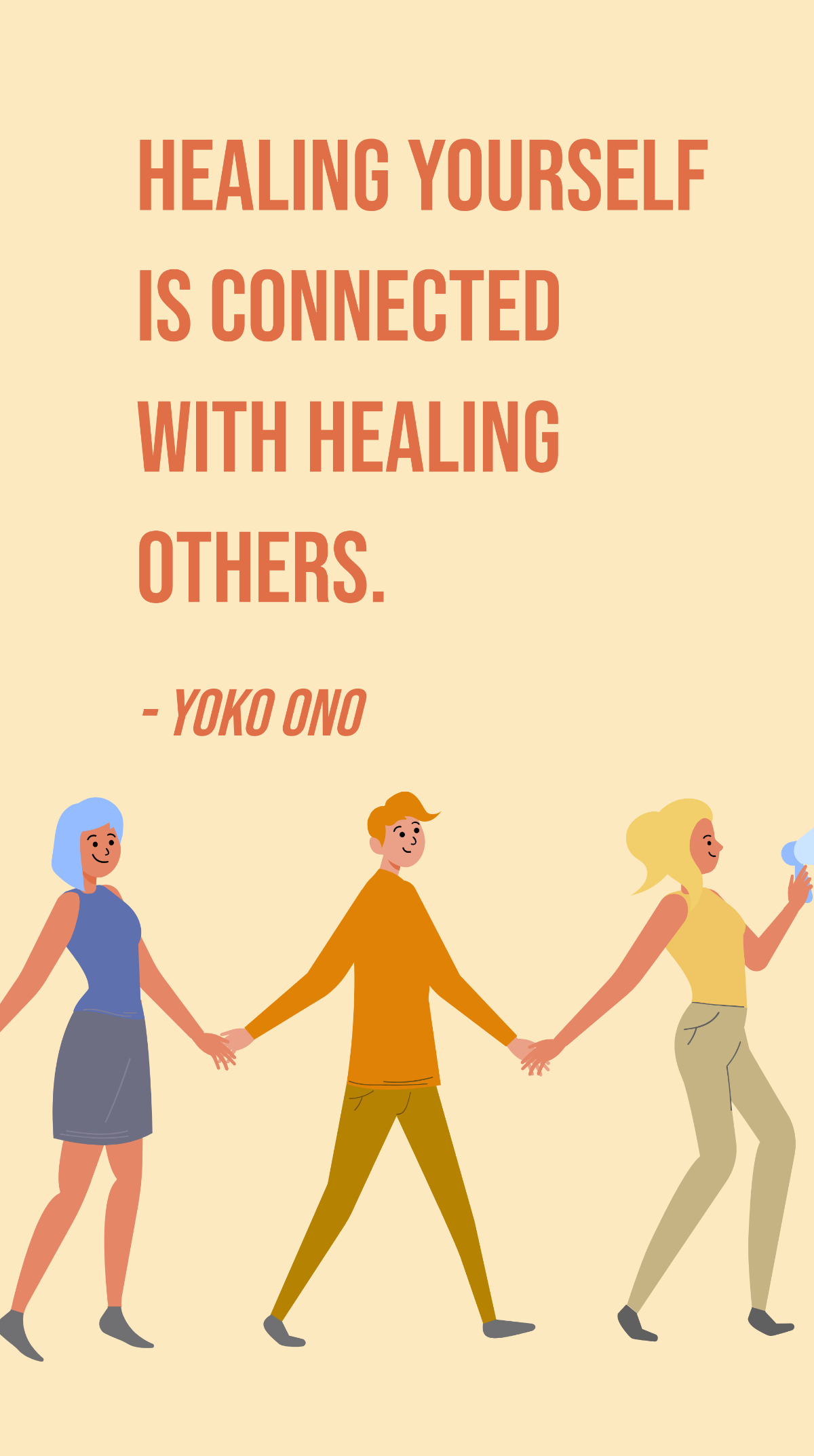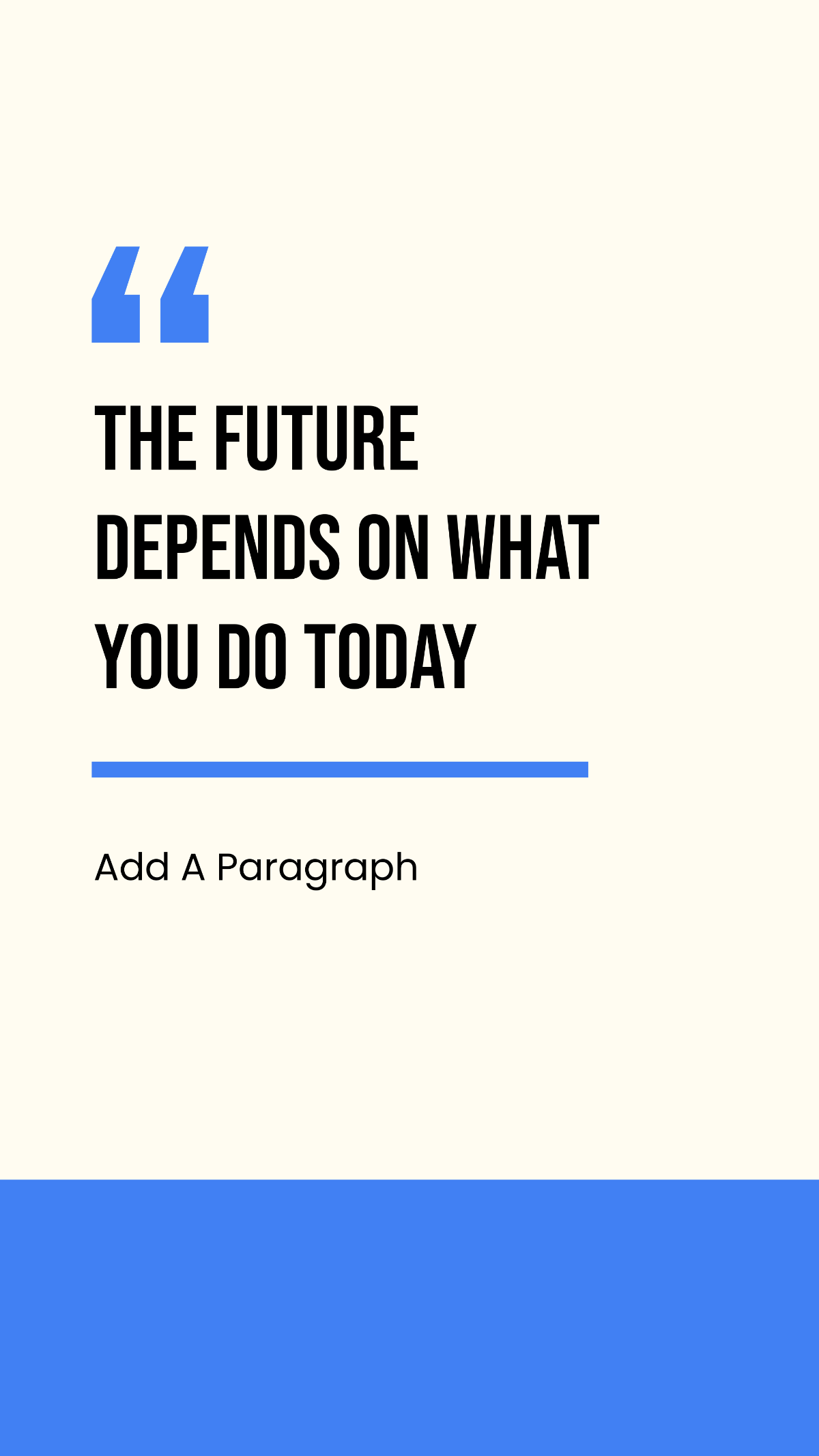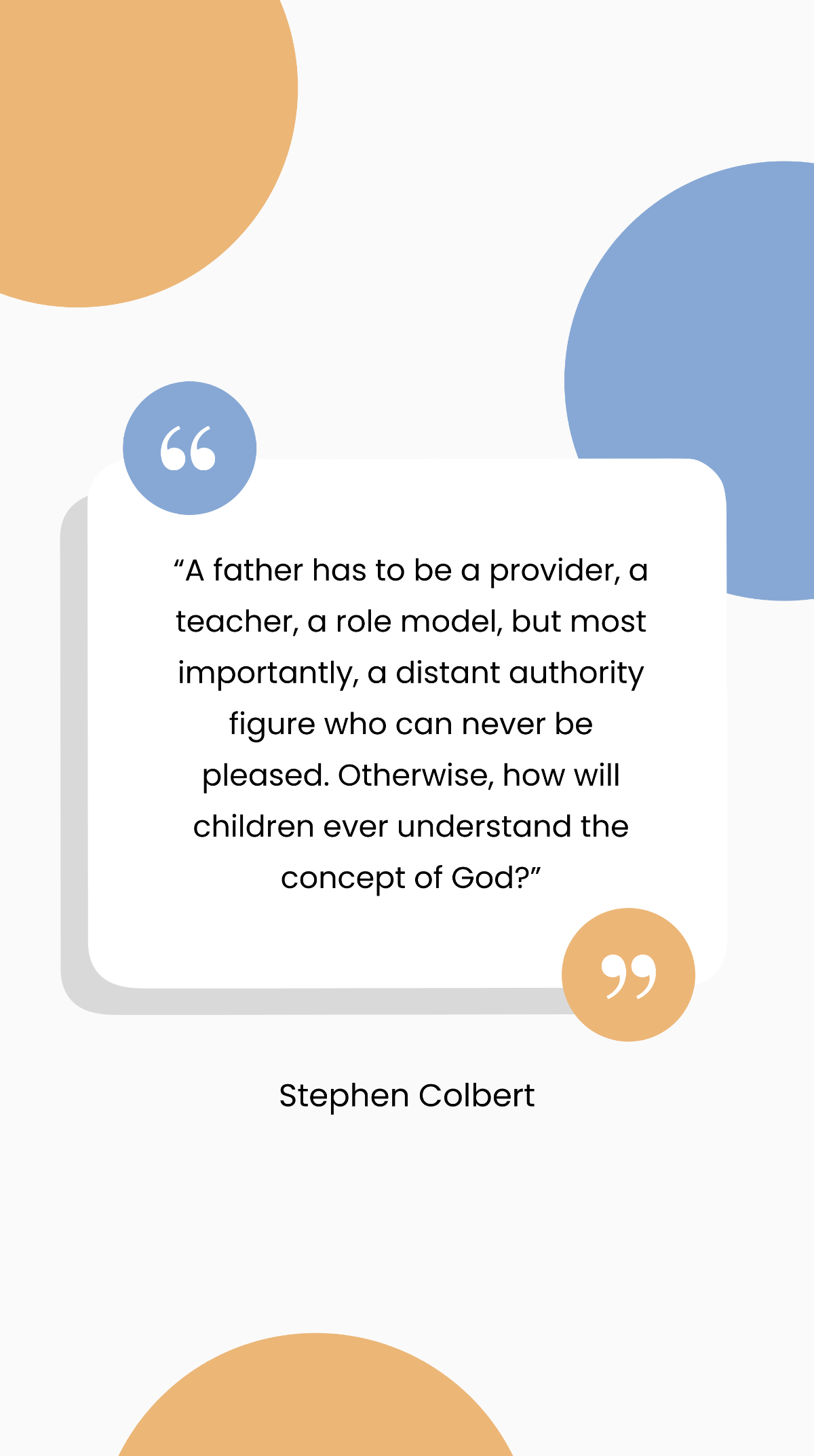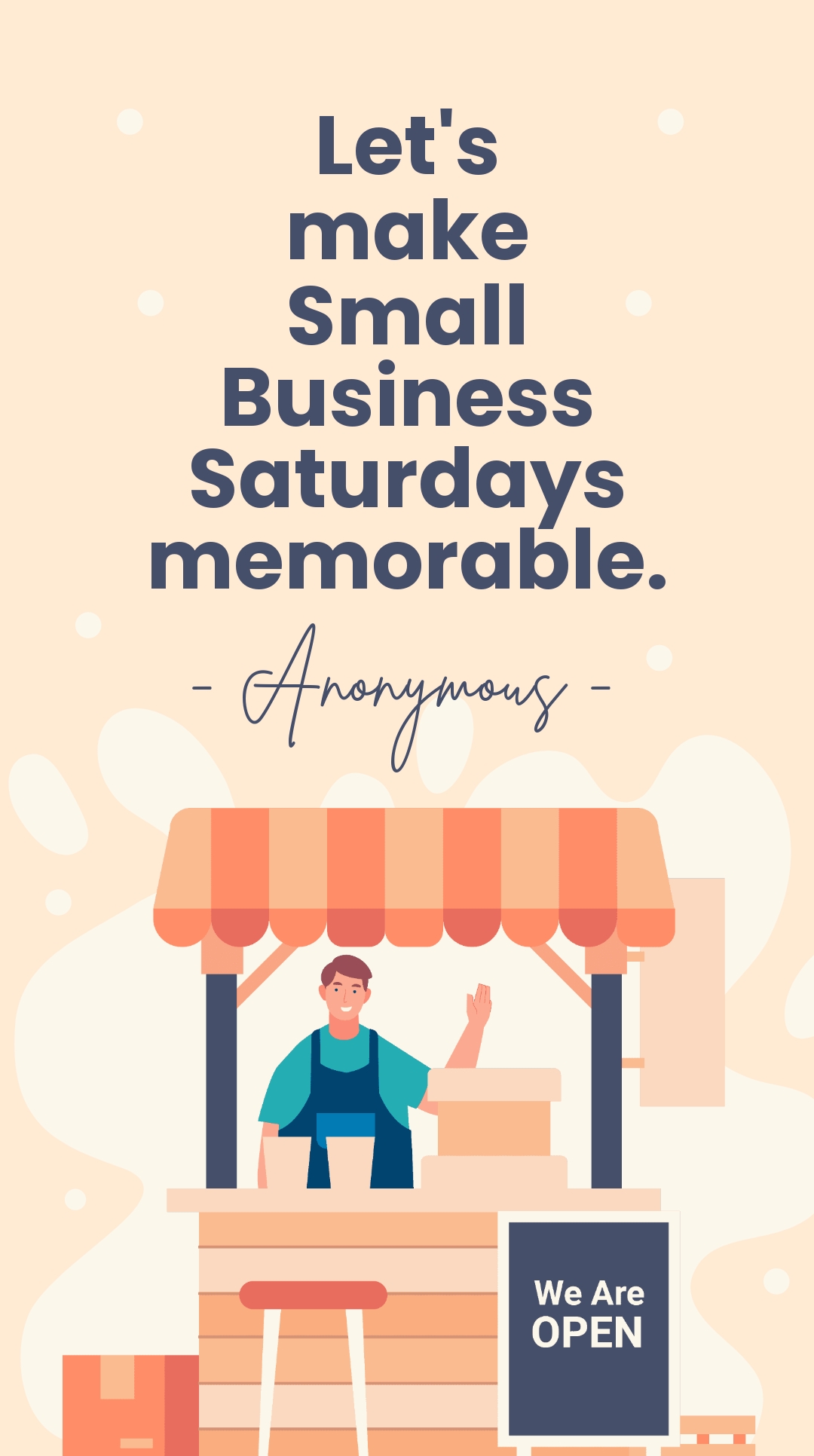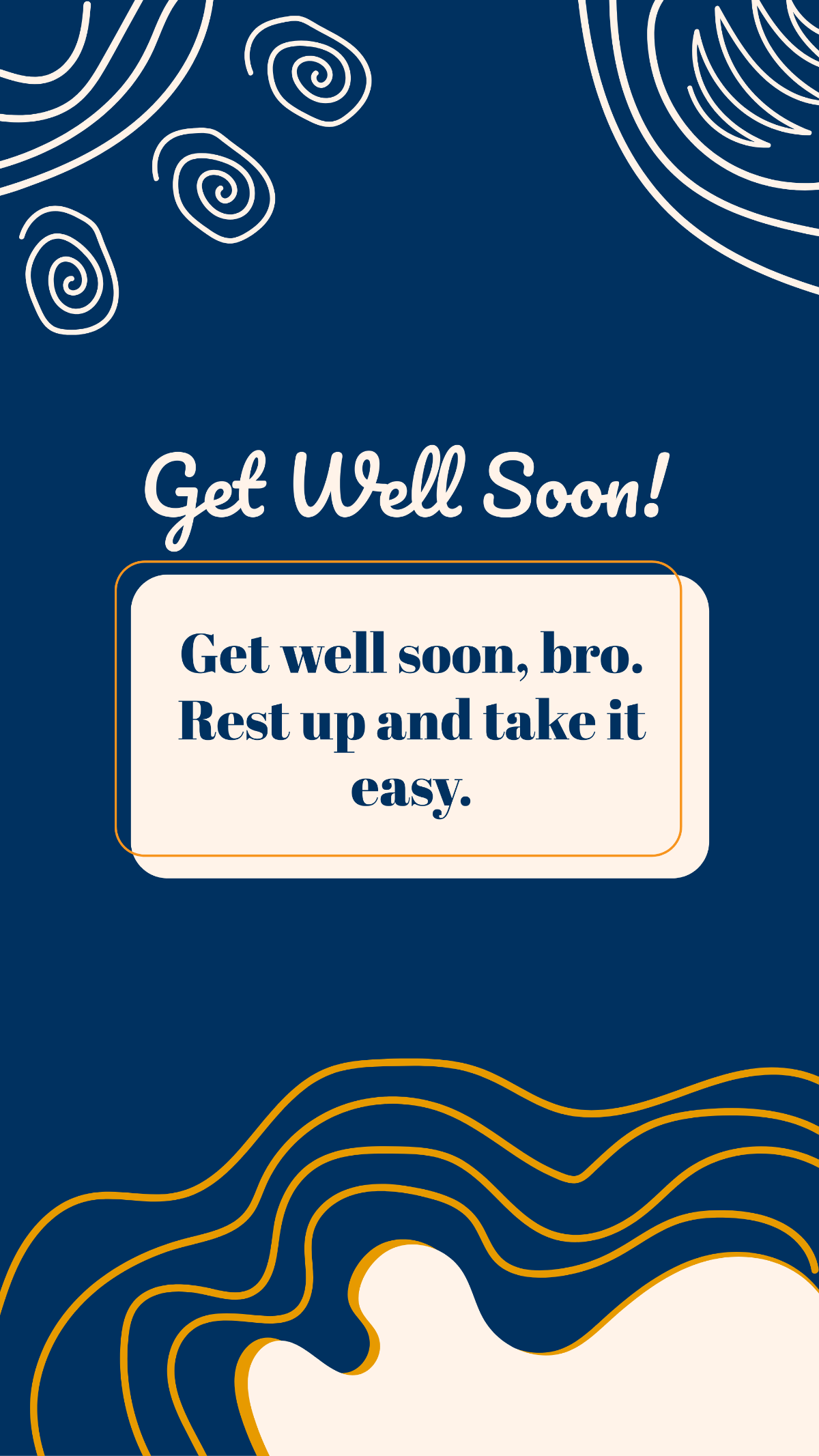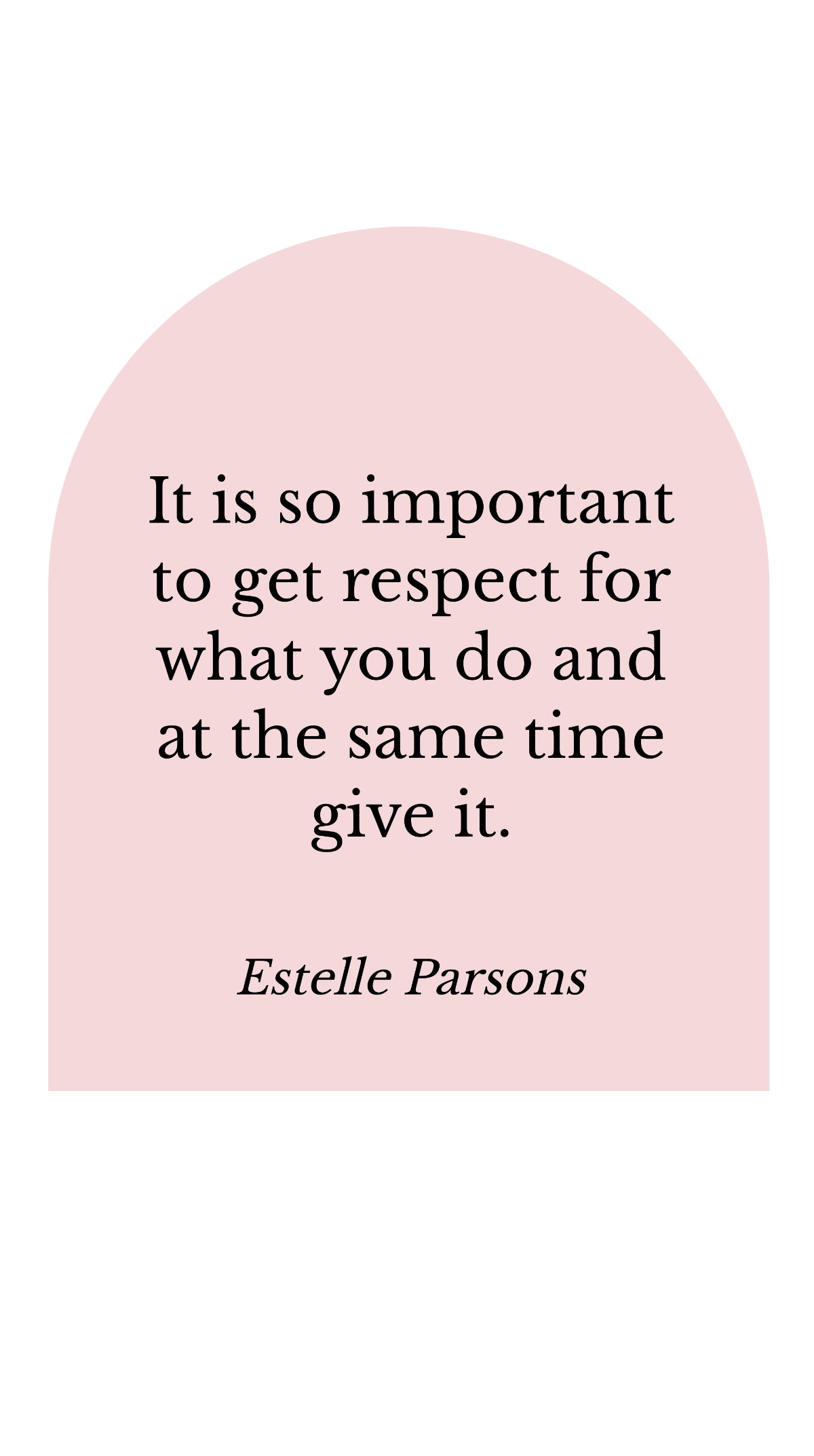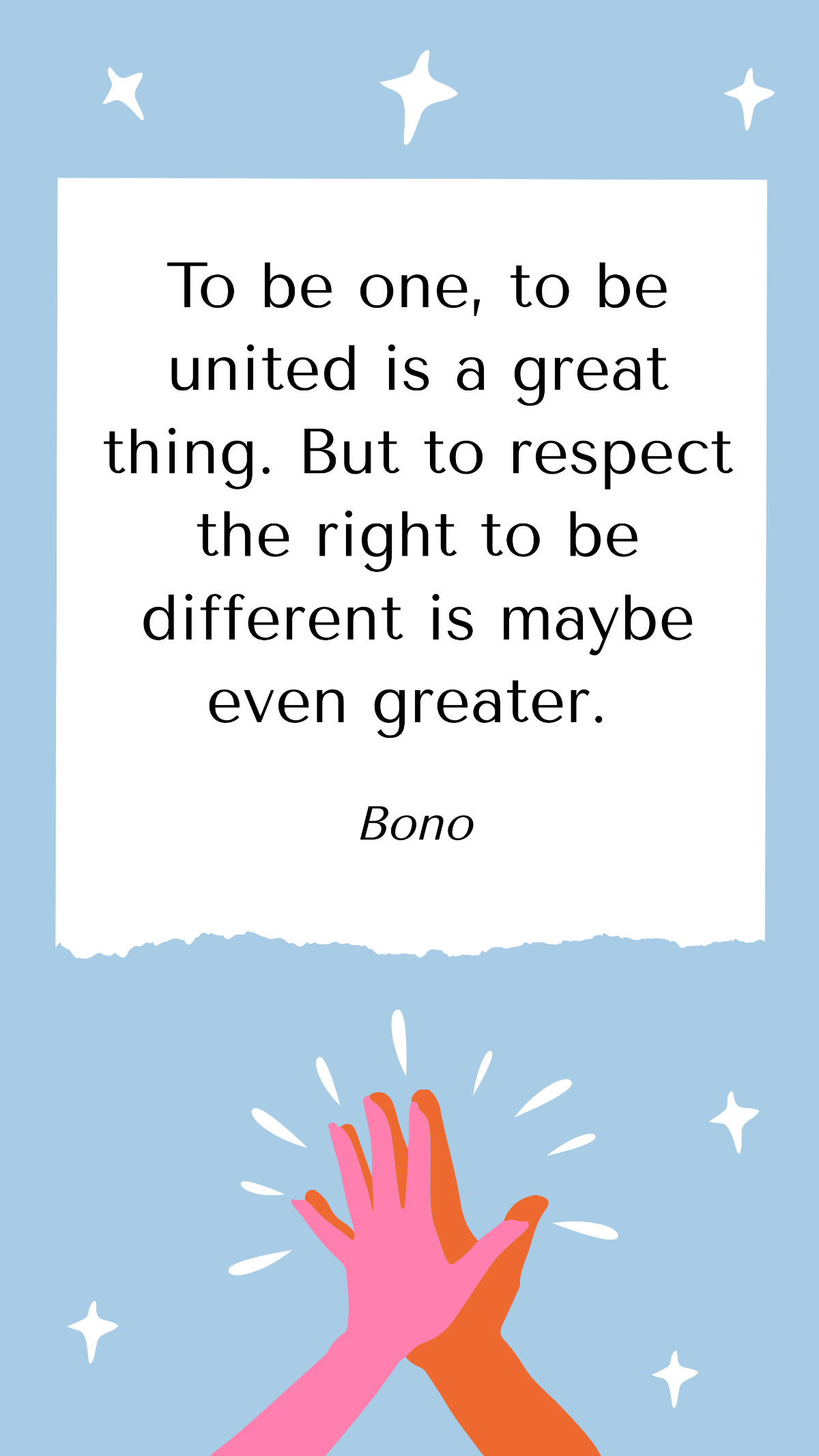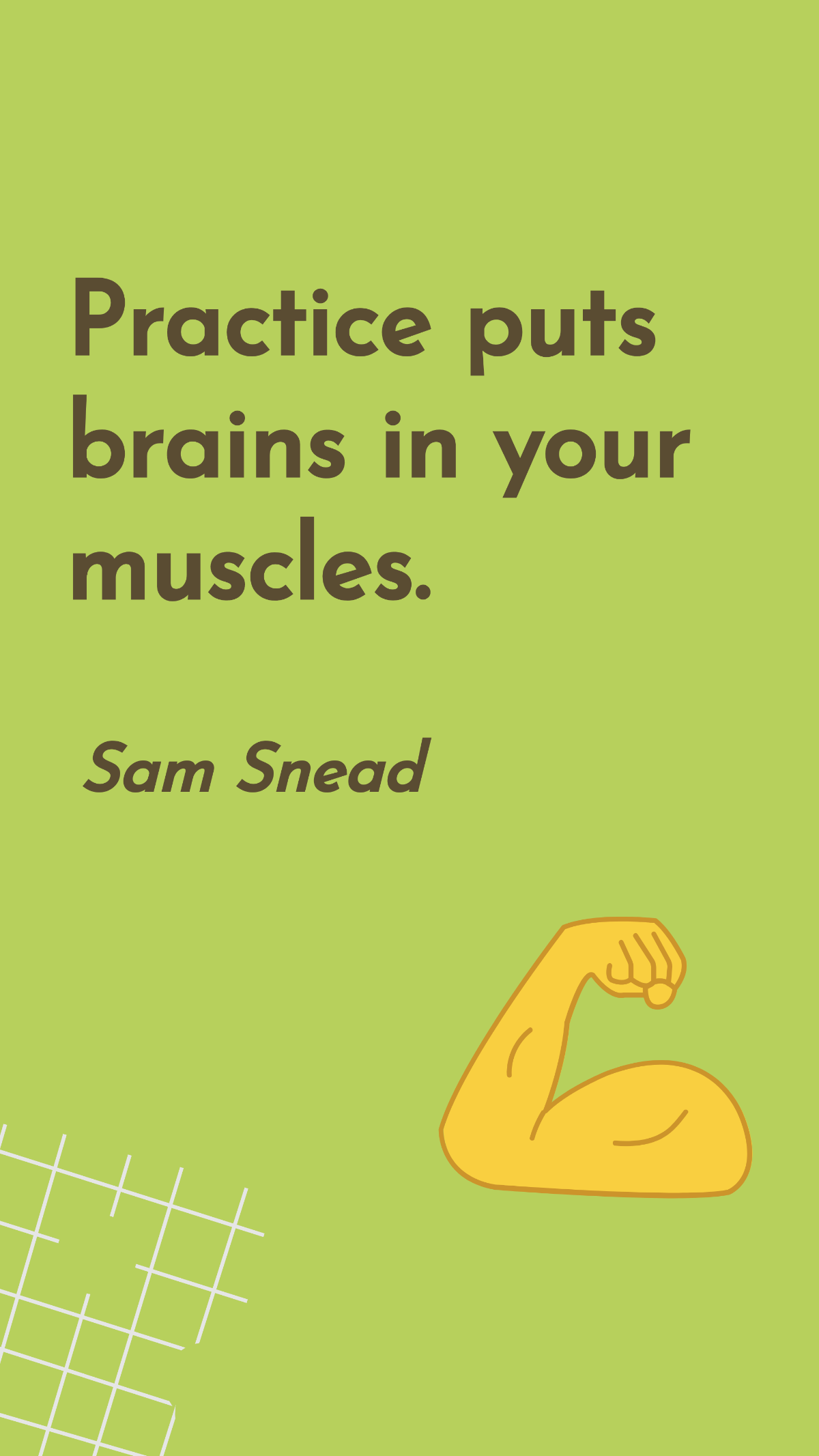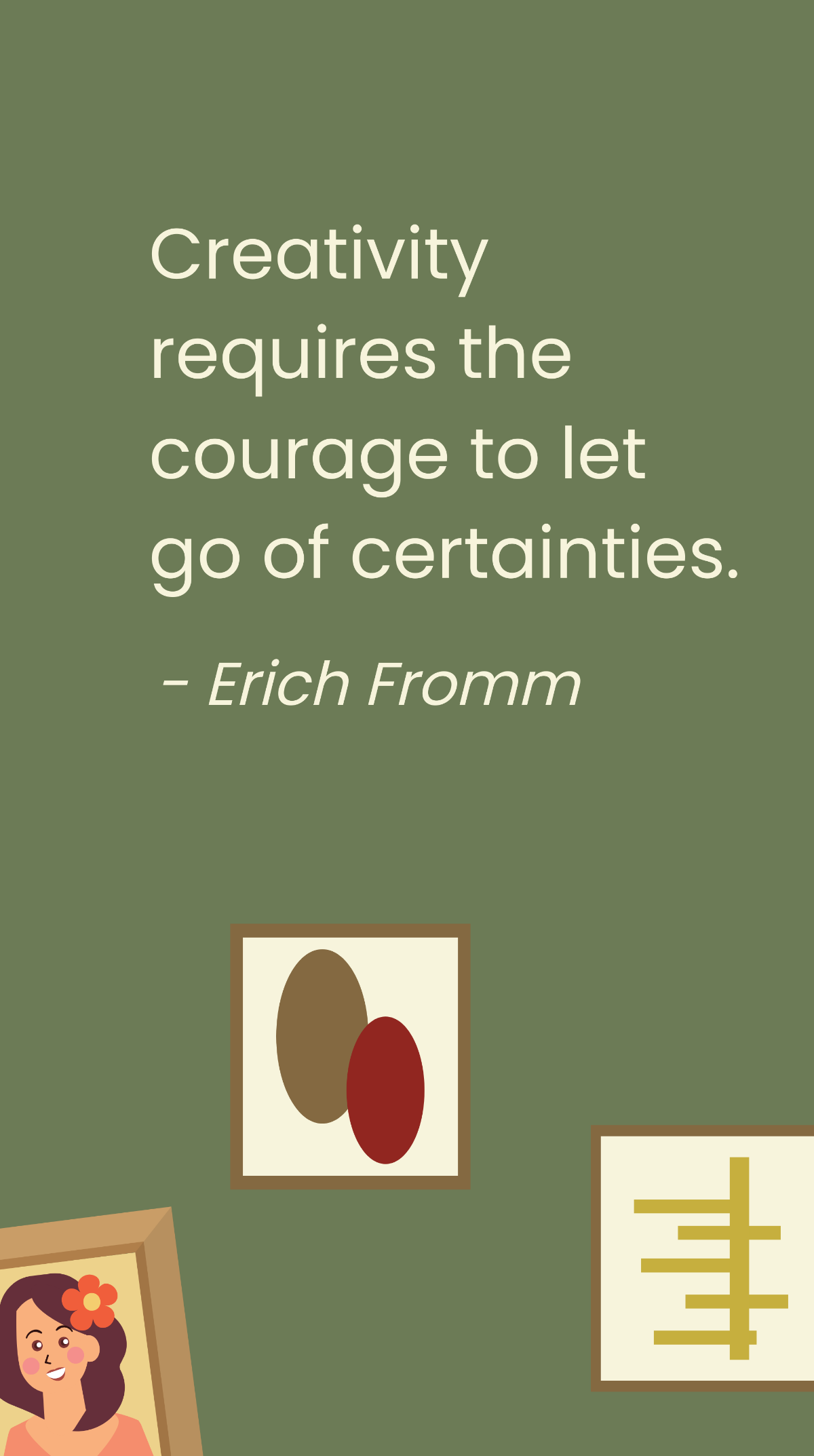Sales Annual Quote Analysis Report
I. Introduction:
A. Company Overview:
[Your Company Name] a leading technology company, specializes in innovative solutions for businesses. The company's success hinges on its ability to secure profitable deals through effective quoting strategies.
B. Purpose of the Report:
This report seeks to assess the performance of [Your Company Name]'s sales quotes over the past year. By examining key metrics, identifying successful practices, and addressing areas of improvement, we aim to optimize the quoting process for increased revenue and customer satisfaction.
II. Methodology:
A. Data Collection:
The analysis is based on a comprehensive dataset of [Your Company Name]'s quotes from the previous fiscal year. Data includes quote values, win/loss outcomes, customer feedback, and other relevant information.
B. Key Metrics:
Win Rate: | Definition: Percentage of quotes that resulted in a successful sale. Calculation: (Number of Wins / Total Number of Quotes) * 100. |
Quote-to-Sale Conversion Time: | Definition: Average time taken from quote generation to finalizing the sale. Calculation: Total Days / Number of Wins. |
Average Quote Value: | Definition: Mean value of all quotes issued. Calculation: Total Quote Value / Number of Quotes. |
III. Analysis:
A. Win Rate Analysis:
[Your Company Name]'s overall win rate for the year is commendable at [35%], indicating a strong ability to convert quotes into sales. However, further investigation into individual product lines reveals variations. For instance, Product A has a win rate of [50%], while Product B lags behind at [25%]. This insight can guide targeted improvements and marketing strategies.
B. Quote-to-Sale Conversion Time:
The average quote-to-sale conversion time is [20] days, suggesting an efficient sales process. However, a closer look at the data reveals that quotes for larger deals tend to take longer to convert. Streamlining the approval process for high-value quotes could accelerate sales and improve overall efficiency.
C. Average Quote Value:
[Your Company Name]'s average quote value is [$10,000]. While this is competitive, there is potential for growth by strategically increasing the value of quotes for certain products or services. Upselling and bundling complementary offerings can contribute to higher average transaction values.
IV. Success Factors:
A. Customer Segmentation:
Analysis shows that quotes tailored to specific customer segments have a higher success rate. For example, quotes customized for small businesses have a 40% win rate compared to a [30%] win rate for generic quotes. [Your Company Name] should continue refining customer segmentation strategies to maximize effectiveness.
B. Competitive Pricing:
Competitive pricing plays a crucial role in [Your Company Name]'s success. Quotes that offer a compelling balance between value and cost tend to perform better. Regular market analyses can help ensure [Your Company Name] remains competitive without compromising profitability.
C. Sales Team Training:
High-performing sales representatives consistently demonstrate superior product knowledge and negotiation skills. Investing in ongoing training programs will empower the sales team to navigate complex deals, ultimately improving win rates.
V. Areas for Improvement:
A. Proposal Turnaround Time:
While the overall conversion time is reasonable, a deeper analysis reveals that the time taken to respond to initial inquiries could be optimized. Implementing automated response systems or dedicated personnel for rapid quote generation can positively impact customer satisfaction and increase the likelihood of securing deals.
B. Product-Specific Marketing:
Product B's lower win rate suggests a need for targeted marketing efforts. A focused marketing campaign highlighting the unique features and benefits of Product B can address this issue.
VI. Recommendations:
A. Implement Automated Proposal Generation:
Integration of CRM and Proposal Software:
Integrate Customer Relationship Management (CRM) systems with advanced proposal generation tools to automate the creation of customized quotes. This integration ensures real-time access to customer data, enabling the sales team to tailor proposals efficiently.
Template Optimization:
Develop standardized proposal templates that can be easily customized for different customer segments. This not only speeds up the proposal creation process but also ensures consistency and professionalism across all communications.
Approval Workflow Streamlining:
Implement an efficient approval workflow to expedite the review and authorization of quotes. This can significantly reduce the overall quote-to-sale conversion time, particularly for high-value deals that may require multiple layers of approval.
Training on Automated Tools:
Provide comprehensive training to the sales team on the use of automated proposal generation tools. This includes familiarizing them with template customization, data input, and leveraging analytics to optimize future proposals.
B. Product-Specific Marketing Campaign:
Market Research and Positioning:
Conduct thorough market research to identify the unique selling points of Product B. Develop a compelling value proposition and position the product strategically in the market, addressing customer pain points and highlighting its distinct advantages.
Multi-Channel Marketing:
Launch a multi-channel marketing campaign to reach a broader audience. Utilize digital channels such as social media, email marketing, and online advertising. Additionally, consider traditional channels like industry events, trade shows, and targeted print materials to maximize visibility.
Customer Testimonials and Case Studies:
Gather and showcase customer testimonials and case studies that specifically highlight the success stories of clients who have benefited from using Product B. This social proof can be a powerful tool in convincing potential customers of the product's value.
Limited-Time Promotions:
Introduce limited-time promotions or bundled offers for Product B to incentivize quick adoption. Creating a sense of urgency can stimulate demand and drive conversions within a defined timeframe.
C. Enhance Sales Team Training:
Continuous Professional Development Programs:
Implement a structured professional development program that includes regular training sessions, workshops, and access to online resources. Focus on enhancing product knowledge, refining negotiation skills, and staying updated on industry trends.
Role-Playing Exercises:
Conduct regular role-playing exercises to simulate real-world sales scenarios. This hands-on approach allows the sales team to practice effective communication, objection handling, and negotiation techniques in a controlled environment.
Cross-Functional Training:
Foster collaboration by providing cross-functional training opportunities. This can include joint sessions with product development teams to deepen understanding and collaboration, ensuring the sales team is well-equipped to convey the value proposition of [Your Company Name]'s products.
Feedback Mechanism:
Establish a feedback mechanism to gather insights from the sales team regarding challenges faced in the field. Use this feedback to tailor training programs, address specific pain points, and continuously improve the overall effectiveness of the sales force.
VII. Conclusion:
In conclusion, the Sales Annual Quote Analysis Report provides valuable insights into [Your Company Name]'s sales performance. By leveraging successful practices, addressing areas for improvement, and implementing strategic recommendations, [Your Company Name] can optimize its quoting process, ultimately driving increased revenue and customer satisfaction. Continuous monitoring and adaptation will be crucial to staying ahead in the dynamic market landscape.
